How come some cars are so easy to drive? Good handling makes you feel safe and in charge, and it makes panic turns, and steering adjustments work. Even the lightest touch on the wheel should be enough to make the steering system work smoothly and precisely. Aside from a well-made suspension, a good steering system and steering parts are also needed for a car to handle well. If you want to know how a steering system works, especially how the steering rack and sensors work, here is an easy-to-understand guide.
1 What Is a Steering Rack?
The steering rack is a steering system component that allows the wheels to turn in response to the steering wheel's movements. It’s an important part of the vehicle's power steering system. It changes from rotational motion to linear motion.
The hydraulic fluid and piston inside the steering rack make it simpler for the driver to turn the wheel.
Nowadays, cars must have electronic stability control or ESC; this includes a steering angle sensor. With the help of a computer and a set of sensors, electronic stability control (ESC) helps keep a car from skidding out of control by preventing or slowing down traction loss.

2 What Is the Use of a Steering Angle Sensor?
The steering angle sensor (SAS) allows the driver to decide on which location to go and matches the steering wheel to the car's wheels.
The SAS also tells how fast the steering wheel is turned. When going slowly, it's normal for the steering wheel to be turned quickly, but it's not normal when driving on the highway.
The electronic stability control (ESC) will assume the driver has lost control of the car if they're turning the steering wheel rapidly at highway speeds.
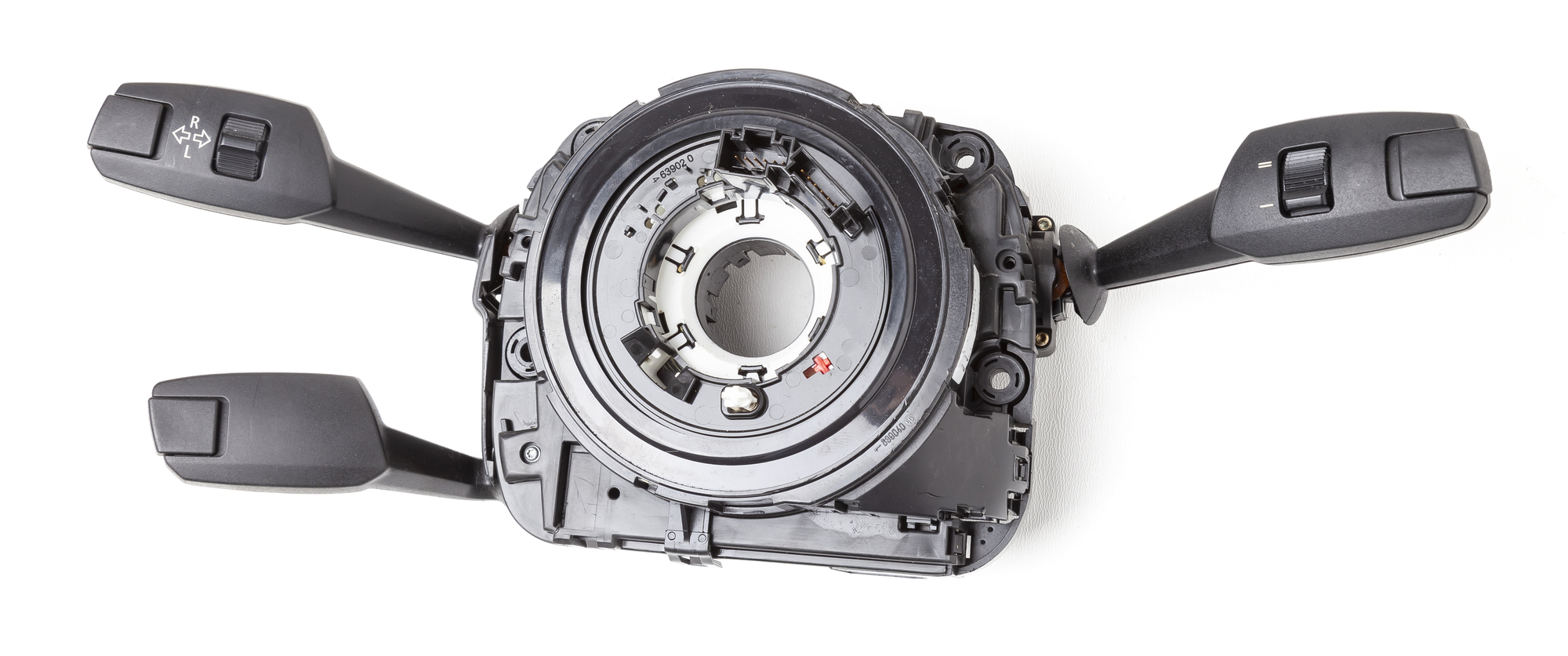
3 What’s The Difference Between an Analog and a Digital Steering Angle Sensor?
The two most common varieties of steering angle sensors are analog and digital. There is a shared purpose between them, but the data is processed in distinct ways.
The rate of turn and angle positioning of the steering is determined by analog sensors using variances in voltage signals. At the same time, digital sensors use LED lights to determine the angle of the steering wheel.
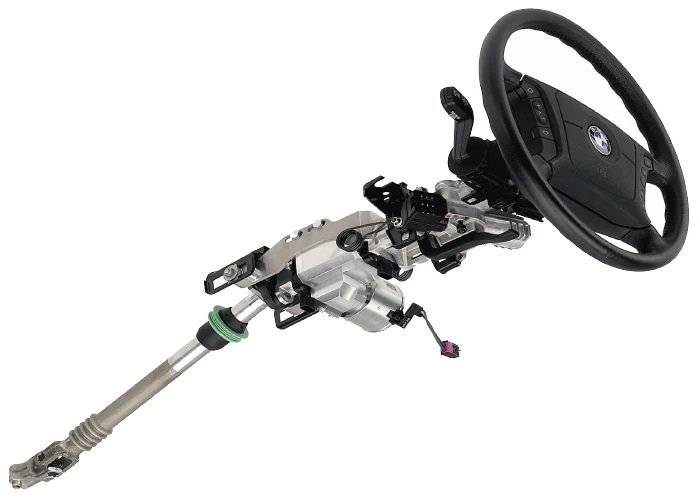
4 Signs That a Steering Angle Sensor Is Broken
The steering angle sensors on your vehicle are susceptible to wear, just like any other sensor. The following are symptoms that indicate it's time to replace your steering angle sensor:
The Signal Lights Are On
The information from the steering angle sensors is used by the control units for the power steering and the brakes. When your car's computers detect a problem, they'll illuminate warnings like the traction control and electronic power steering indicators.
Unfortunately, you can't simply assume that your SAS is to blame for these alerts; there are many potential causes.
Awkward Steering Wheel Turning
A vehicle's electric power steering system cannot function without information about the steering angle. A faulty electric power steering sensor could cause your vehicle's computer to make adjustments that aren't necessary.
Trouble Steering After Wheel Alignment
When your vehicle's wheels are aligned, you must reset its steering angle sensors. If the mechanic doesn't do this, these sensors might send out wrong signals that can make steering hard.
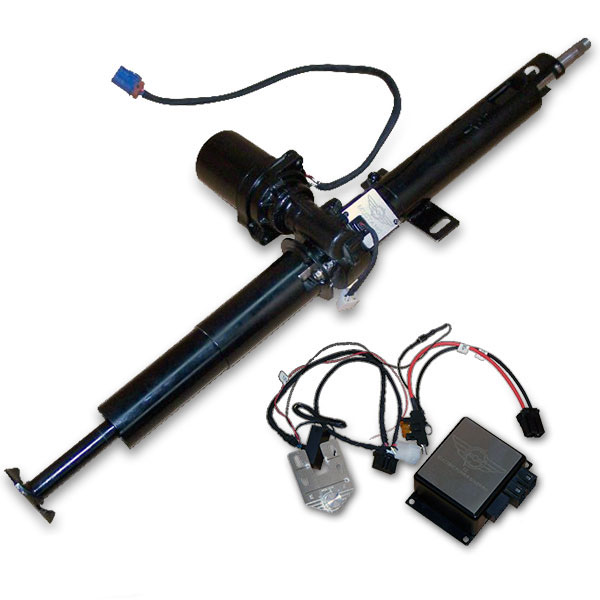
5 When The Steering-Angle Sensor Fails, What Happens?
The sensor's readings and transmissions to the car's onboard computer are skewed when the sensor itself is broken, misaligned, or malfunctioning. Because of this, the ESP may make unnecessary steering adjustments or inputs.
Usually, this will cause the steering to become "loose," meaning that the amount of your input is not reflected in the vehicle's response when you turn the wheel.
If your steering wheel is loose or your vehicle's steering isn't reacting properly, if it has an ESP system, call a repair shop right away.
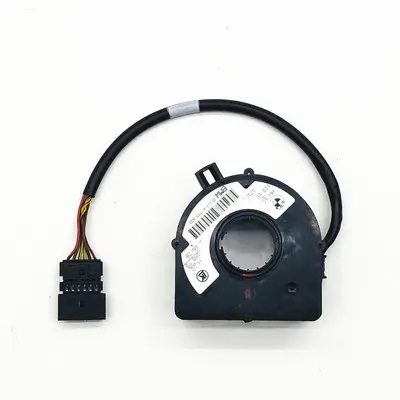
6 How Do I Reset the Angle Sensor on My Steering Wheel?
Step One: Some modern vehicles can fine-tune themselves simply by having the steering wheel turned from lock to lock, centered, and the key cycled.
- First, turn the wheel counterclockwise until it stops, then rotate it back the other way.
- Second, turn off the engine and take the key out of the ignition.
- Third, stop the car, remove the driver side wheel, and pack it.
- Fourth, turn off the ignition, take out the key, and wait 10 seconds.
- Lastly, turn on the engine and make sure the Active Steering is functioning normally.
Step Two: Reset the steering angle sensor using the scan tool.
Multiple OBD2 reset SAS tools are available. In fact, tires' dimensions can be adjusted with some apps' help. However, it is advised by the manufacturers of the majority of tools that the calibration be carried out on a flat surface.
Launch X431 Series equipment can be used to reprogram steering angle sensors from a variety of different automakers. Also, some diagnostic equipment is made exclusively for use with a certain model of car.
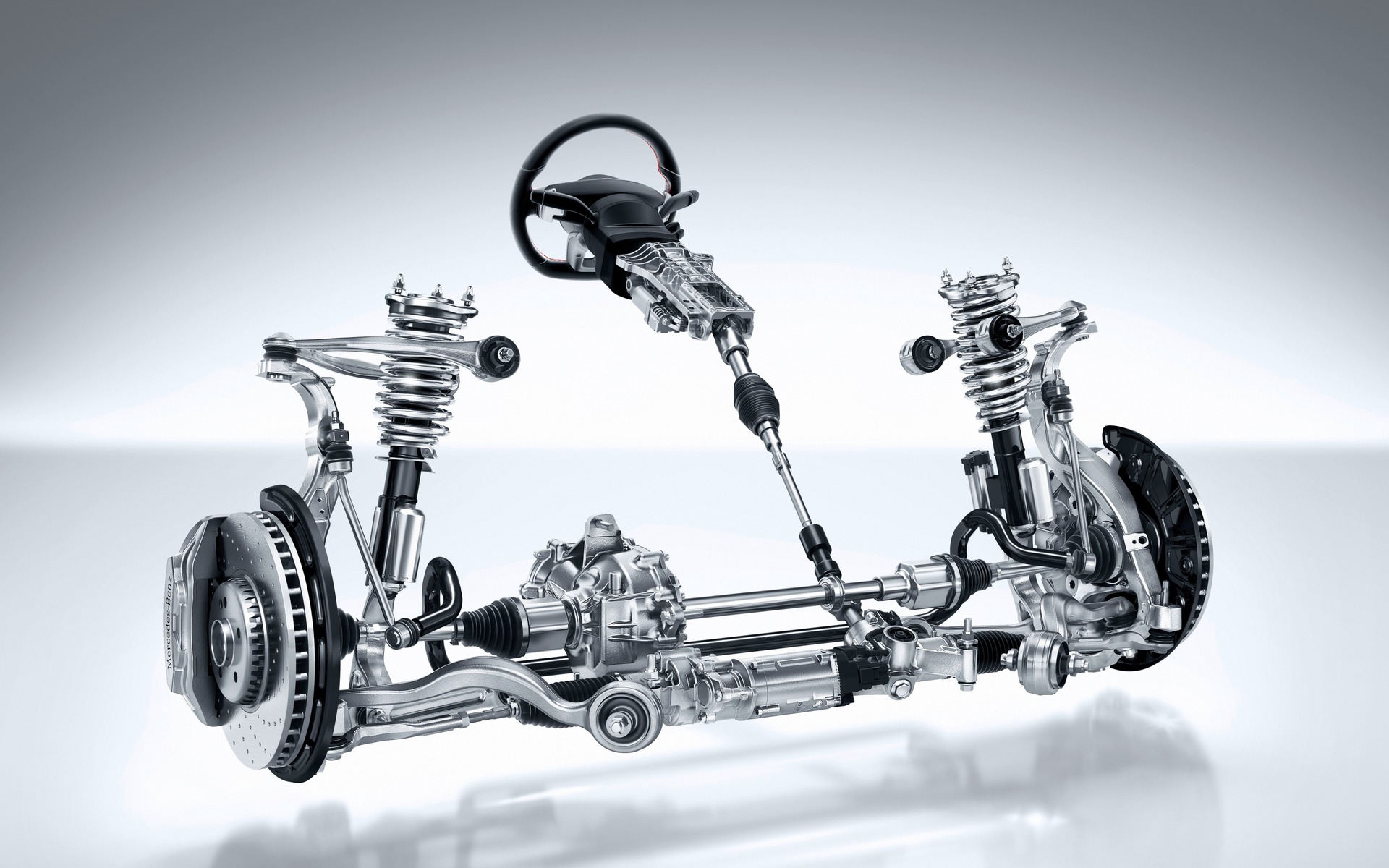
7 When The Steering Angle Sensor Fails, How Much Does It Cost to Replace It?
You can expect to pay anywhere from $100-$250 for a new aftermarket steering angle sensor. Depending on the brand and features, some sensors can cost significantly more.
The price of labor to replace a steering angle sensor typically ranges from $100 to $500. Prices may change based on criteria such as the model and year of your vehicle.
8 Is There an Electric Steering Rack?
One power-assisted steering rack that makes it simpler to steer our vehicle is the electric power steering rack, which uses electronics and electric current.
Simply put, an electric steering rack is the same as a standard rack, except it has electric components which add traction control.
9 What Are the Parts of An Electric Power Steering Rack?
Engine Control Unit (ECU)
The ECU controls our electric power steering. It gets information from the other sensors, figures out what's going on, and gives orders to the other parts.
Sensors
They monitor our driving styles and relay that information to the ECU, which then takes appropriate action.
- The amount of force being applied to the steering wheel is measured by a torque sensor.
- The steering angle sensor provides information on where the wheel is turned.
- There's a sensor in the car that provides us with feedback on how fast we're going (Like the odometer).
Motor
Motor gives electric power steering its muscle. It is one, and only skill is turning gears with its power. The electronic control unit directs the motor.
The ECU will evaluate the information from the sensors, then decide when and at what RPM to command the motor to rotate.
It rotates when instructed by the electronic control unit.
Reduction Gears
A reduction gearset is a group of gears that works together to increase the torque.
Simply put, it amplifies the motor's turning force. These smaller gears are called reduction gears because of their tiny stature.
What happens when you turn a smaller gear and use it to push a bigger gear? The bigger gear moves more slowly but stronger. Our heavy vehicle's steering is improved due to the additional torque.
10 Electric Power Steering—How Does It Work?
To begin, install the sensors. A vehicle with electric power steering has sensors for measuring steering angle and torque mounted on the steering column and a speed sensor mounted on the transmission case.
Each sensor keeps an eye on a different metric while we're on the road.
For example, our steering wheel turns are measured by a torque sensor. The steering angle sensor keeps tabs on how we have the wheel turned. While the speedometer keeps tabs on our car's speed.
These sensors then continuously relay this data to the ECU, the "brain" of our vehicle. As soon as the ECU receives the information, it begins calculating how much power assistance is necessary based on how much you are turning.
If the ECU determines that you do not require additional power, life will continue as normal.
However, the motor will receive current from the ECU if the latter determines that you require power assistance.
The motor is DC. It spins with a current. This then turns your steering column's reduction gear. You get power assist from this motion. Since the motor rotates the steering wheel, it will feel lighter.

11 Benefits Of Using an Electric Steering Rack
Benefit No. 1: Greater efficiency in gas usage
In conventional hydraulic power steering, the engine belt turns the steering pump. When you turn on your car's engine, the steering pump begins to run regardless if you're turning the wheel or not.
To put it another way, this reduces the efficiency of your car and increases the cost of your gas bill.
Benefit No. 2: No more leaks and you don't have to keep adding fluid to the steering system!
We can get rid of the steering pump, hoses, and fluid since electric steering rack doesn't need hydraulic for the power assist. In doing so, you eliminate a leading cause of failure in power steering racks.
Benefit No. 3: Capacity to Program - Infinite Possibilities
The inherent restrictions of hydraulic systems do not apply to electronic and computer-controlled device.
In theory, we could use electronics to keep track of everything and make more educated choices. We can modify them through programming if we don't like how they perform in a certain way.
Here are two results of our efforts to implement electric power steering: enhancing torque support and lane-keeping support.
12 Can I Repair an Electric Steering Rack?
One of the most difficult tasks is fixing a faulty electric steering rack, which requires skilled mechanics and high-end diagnostic and repair tools. Repairing and keeping power steering units in working order entails performing diagnostics on the rack and determining how functional its parts still are.
13 How Much Does Electric Power Steering Repair Cost?
Power steering pump replacement costs an average of $600 but can go as high as $800. The actual price may be higher or lower than that range, depending on the vehicle you use. Consult with the mechanics at your local service center for confirmation.
14 Why Do Electric Steering Racks Break Down?
1. Contaminated Steering Fluid
Power steering systems, found in the vast majority of modern automobiles, drastically lessen the driver's effort required to turn the wheels. Power steering fluid is used to lubricate and cool the steering rack, and it also helps to move the rack. Dirt and debris settle into the steering fluid over time, reducing its effectiveness.
Due to the increased friction caused by dirty fluid, a steering rack's failure rate is accelerated. Power steering systems require regular maintenance, including flushing and replacing the fluid.
Nonetheless, if your steering rack's fluid is dirty, you should replace it.
2. Defective Fluid Seal
Checking the ground in your garage or driveway can tell you a lot about the condition of your car. A power steering fluid leak can be identified by the presence of red or reddish-brown puddles under the vehicle.
Simply checking the fluid level of your power steering system will usually be enough to confirm this theory.
The steering rack is just one potential location for a fluid leak in your power steering system.
Most leaks in steering racks occur when the rack is attached to the tie rods. Despite the fluid-proof seal at this connection point, it frequently fails due to temperature fluctuations and chemical exposure.
3. Dead End Steering
The steering rack is an extended metal bar with teeth milled into its surface. These make it possible for the steering rack to engage with the pinion face.
Friction occurs whenever two moving parts come into contact with one another, even if the parts are well-lubricated. The gears in the steering rack wear away from this friction over time.
Inevitably, the steering performance will suffer as the wear gets worse. Most wear occurs on the gears in your steering rack that correspond to where your wheel is when it is in the neutral position.
As a result, you might feel like there's a dead spot, or the center of the wheel is no longer responsive.
15 How Long Does Electronic Power Steering Last?
The power steering control unit in your car has no finite lifespan. There's a good chance it'll outlast the car. Unfortunately, unexpected malfunctions can occur in electronics.
It's important to be aware of the warning signs that could indicate a failure in your electric steering rack. This includes an illuminated EPS warning light in the instrument panel.
It is important to remember that your electronic steering rack may shut down automatically to prevent damage if it gets too hot.
You will most often notice this while driving on very steep slopes that are also filled with sharp turns. As long as the temperature is lowered, the system will continue normal operation.
If you've noticed the EPS Light on your dashboard or are having any other issues with your electric steering system, a qualified mechanic can inspect it and repair the electric steering rack.
16 Are Electric Power Assisted Steering (EPAS) Better Than Hydraulic Power Steering?
It's not surprising that engineers in the last ten years have opted to switch from traditional hydraulics to electric motors, given the widespread trend toward battery-powered vehicles.
To bring power steering into the 21st century, motors are typically installed at the bottom of the steering wheel or on the steering rack. Electronic sensors detect how much lock is applied to the steering and increase the input force accordingly.
By applying a voltage to the motor, it can be rotated, and the resulting transfer of energy can then be used to generate a sideways thrust that helps the vehicle move all along the steering rack.
However, as EPAS (electric power-assisted steering) systems have evolved and been perfected, steering rack manufacturers have created electronic systems that nearly replicate the style of a hydraulic system and even go beyond the mechanical method in many ways.
17 Five Best Steering Rack Manufacturers In 2023
If you’re looking for the best steering rack manufacturer, here are some of them:
Quaife, headquartered in the South East of England, is a global leader in automotive transmission technology. Quaife's steering gears are among the best in the industry, and the company's wares are distributed to 26 countries via 70 distributors.
2. Howe Steering Rack
Howe is a car part manufacturer with over 20 years of experience in off-road racing; their products include components for off-roading, rock climbing, and short-track racing.
3. Maval Steering Rack
Maval is an industry leader in producing off-road steering systems. The company was founded in 1987 to remanufacture imported power steering equipment and pumps.
4. Hirsche Steering Rack
Hirsche EPS steering racks are produced in the UK's most cutting-edge factories, supplying original manufactured parts at prices lower than original equipment manufacturer (OEM) prices.
5. Bosch Steering Rack
Robert Bosch GmbH operates in Transportation, Consumer Goods, Industry, Energy & Building Technology. Bosch's steering gears are high-quality and match the original parts, making them a favorite among customers.
Hangzhou Shengping Auto Parts Co., Ltd is a big manufacturer in China, doing steering rack production and selling for more than 10 years. They manufacture more than one million steering racks every year.
The Previous Articles:
What Is Rack and Pinion Bushing? How To Tell If Rack and Pinion Bushings Are Bad?
Why Steering Rack Makes Noise When Turning?
How To Rebuild A Steering Rack?
What Is A Rotary Valve Power Steering Rack?
Rack And Pinion System Vs Power Steering System: What Are The Differences?
Power Steering Rack Market Analysis Report (Japan Market)
What Causes Steering Rack to Go Bad?
Design Of Car Rack And Pinion Steering Racks
What Is The Intelligent Steering Rack Used By VW, Toyota, Honda And Renault?

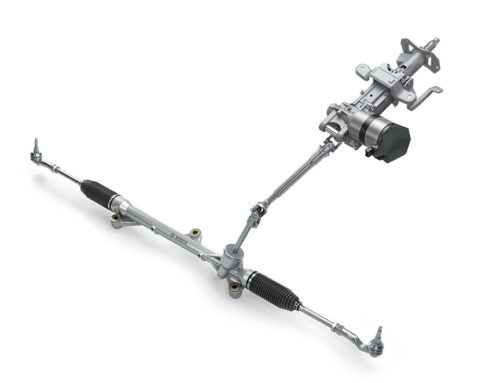
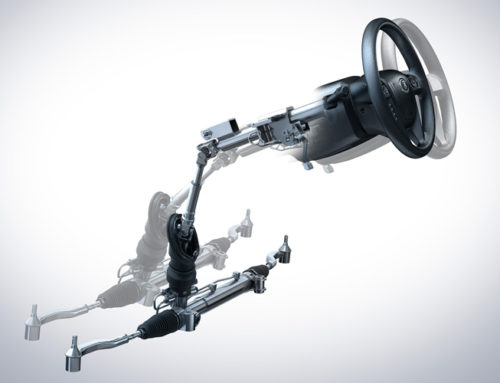
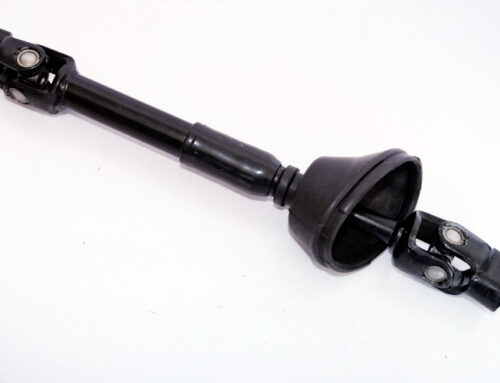
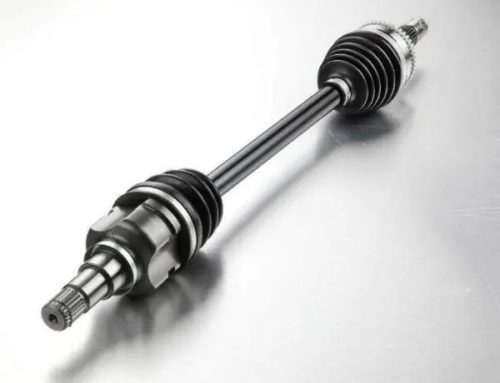
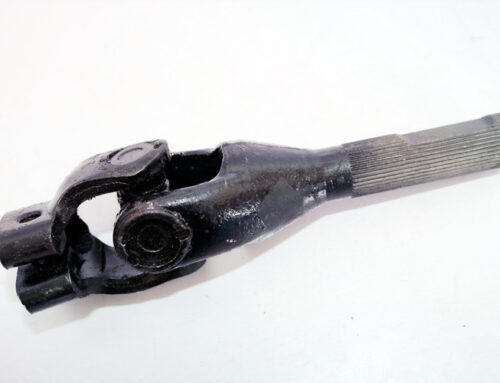

Leave A Comment